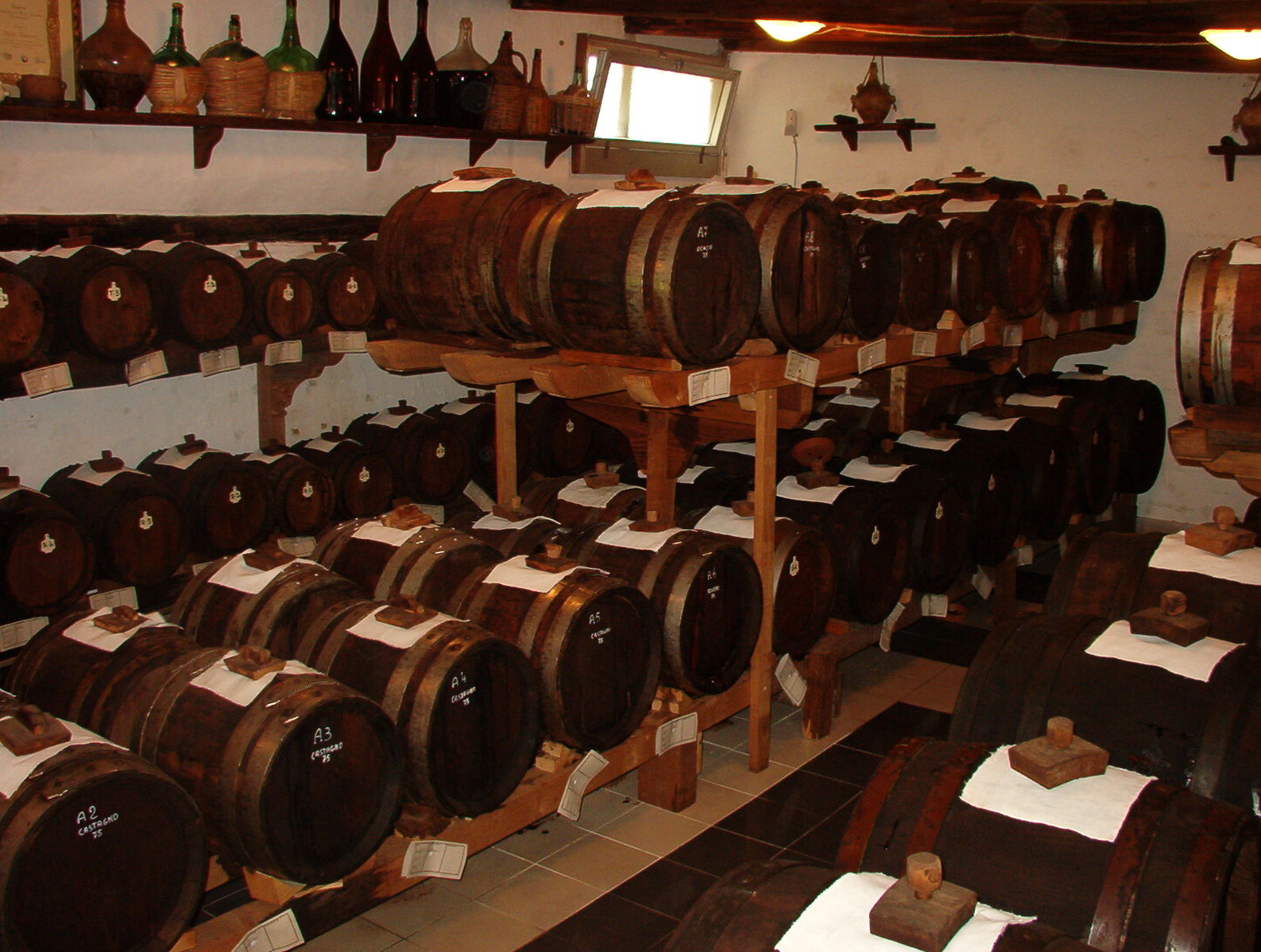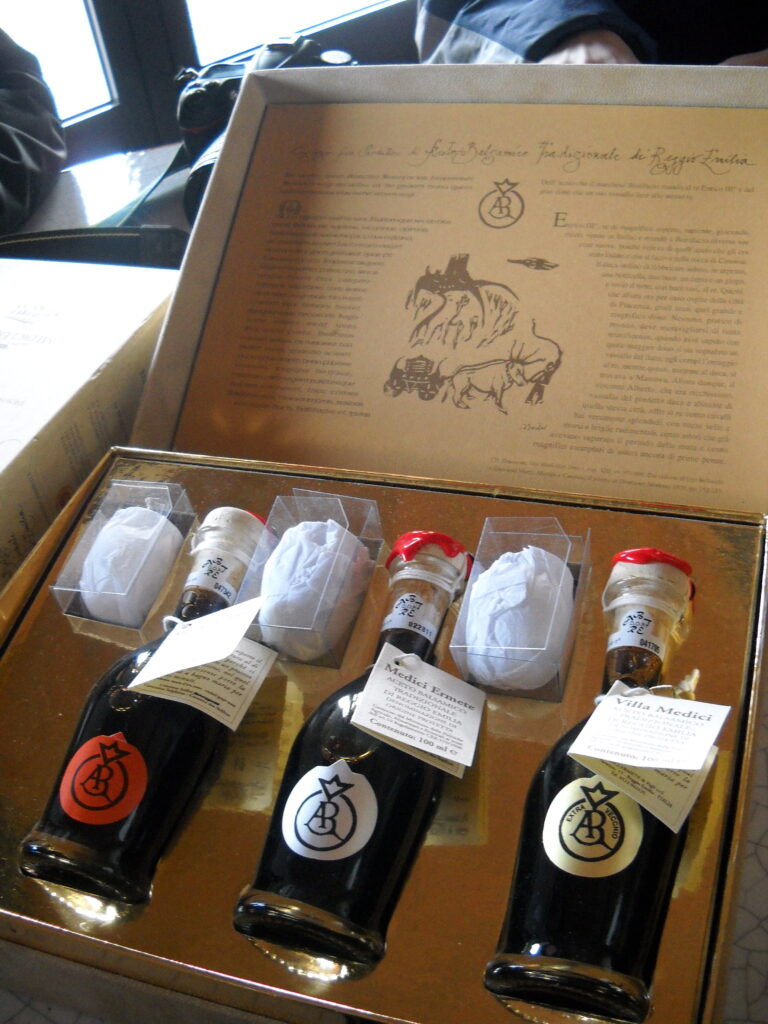Having already picked up a Gold in this year’s Taste of the West Awards, Artisan Malt Vinegar has been put through as a Finalist.

Italy is the world’s biggest vinegar exporter. The country is particularly famous for the glossy, deeply reddish-brown wine vinegar from Modena known as balsamic vinegar ('balsamic' because it was once considered reminiscent of balsam, an aromatic and healing tree resin). But there are many types of ‘balsamico’, as it’s often known for short.
The real (expensive) stuff is Aceto Balsamico Tradizionale di Modena DOP (or Aceto Balsamico Tradizionale di Reggio Emilia DOP). It’s made from a reduction of grape juice from two specific grape varieties local to Emilia-Romagna and aged for at least 12 years in wooden barrels.
The vast majority of the balsamic vinegar consumed, however, and all you are likely to find in the supermarket, is in fact a lower-grade IGP product made of around 20% grape must (the legal minimum). It is often adulterated with colouring and thickeners, and it only has to be aged for a minimum of two months. Moreover, countries not subject to EU jurisdiction, such as the US and Canada, have their own balsamic vinegar industries these days, with product quality varying wildly.

Clearly, fame comes with its downsides — if you care about the integrity of local vinegar traditions, at least. Because it is one of the most famous and popular vinegars in the world, balsamico’s EU protections are being increasingly challenged by non-Italian producers. In 2009, the year the geographical indication for Aceto Balsamico di Modena was introduced, Italian balsamic vinegar makers lost an EU lawsuit against a German company selling products under the name 'aceto balsamico’. The European Court of Justice ruled that only the full name, Aceto Balsamico di Modena, was protected — aceto balsamico, or ‘balsamic vinegar’, was simply a generic term.
More recently, in August 2022, Italy went to the European Court of Justice again over vinegar, and this time against Slovenia: the latter country had announced its intentions to standardise its vinegar production and treat ‘balsamic vinegar’ as a standard industrial product label. It seems the case is as yet undecided, but it's hard to imagine the court siding with Italy here if it sided with Germany in the similar case of 2009.

The balsamic vinegar market is worth c. €1 billion a year to Italy, and inferior imitation products are increasingly common around the world (chemical analysis is even being used to detect ‘vinegar fraud’). No wonder it’s such a hot topic.
— Beatrix Swanson
Having already picked up a Gold in this year’s Taste of the West Awards, Artisan Malt Vinegar has been put through as a Finalist.
Vinegar, hot water and a few spices come together for a perfect(ly austere) January warmer
What do sorbet, sherbet, and syrup have in common? They are all words that come to use from the old Arabic ‘sarab’ (’drink’) via medieval Latin. One more such word is shrub.

The Old Nuclear Bunker,
Pednavounder,
Coverack,
Cornwall
TR12 6SE
01326 281135
info@artisanvinegar.co.uk